Pop Culture
See the Hallucinatory Images of Space That Made the Shortlist for the Royal Observatory’s Astronomy Photograph of the Year
An exhibition of the winning works will go on view next month at the National Maritime Museum in London.
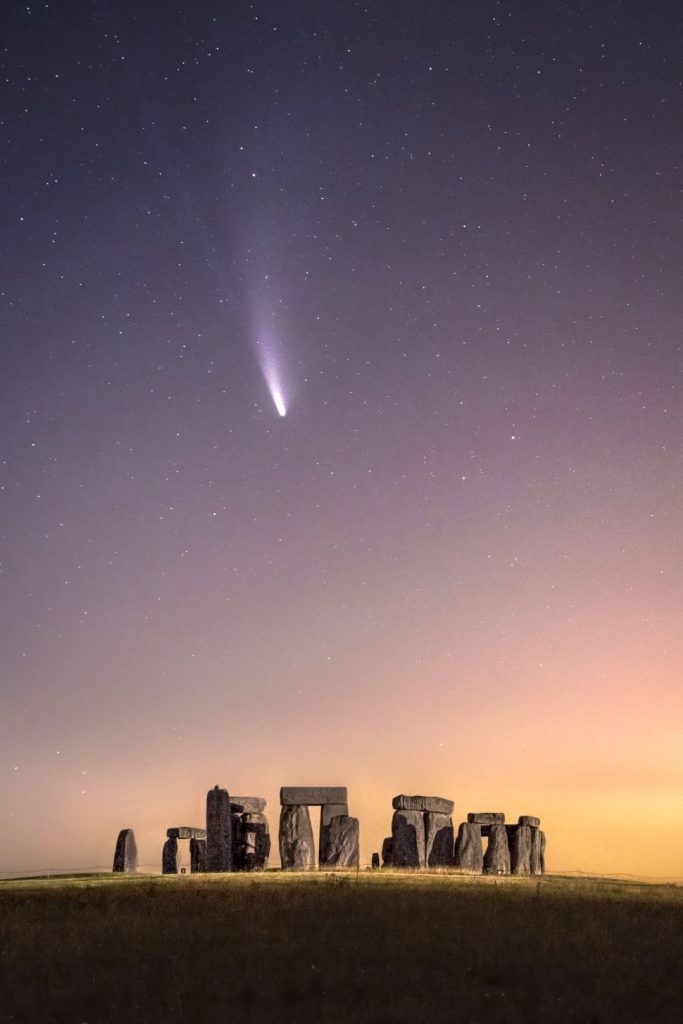
An exhibition of the winning works will go on view next month at the National Maritime Museum in London.

Artnet News

Early one June morning last year, British photographer James Rushforth captured something incredible: the comet NEOWISE streaking through the night sky above Stonehenge, itself lit up by the lights of a passing car.
To call this a once-in-a-lifetime shot would be underselling it. The last time NEOWISE passed by earth 6,800 years ago, Stonehenge didn’t yet exist.
Understandably, the image earned Rushforth a place on the shortlist for the Astronomy Photographer of the Year competition, an annual event hosted by Royal Observatory Greenwich that showcases the best images of the cosmos taken from earth.
Like Rushforth’s entry, many of the nominated photographs evince a level of sublime grandeur that makes the dreamy landscapes of your Macbook desktop look like a cheap postcard.
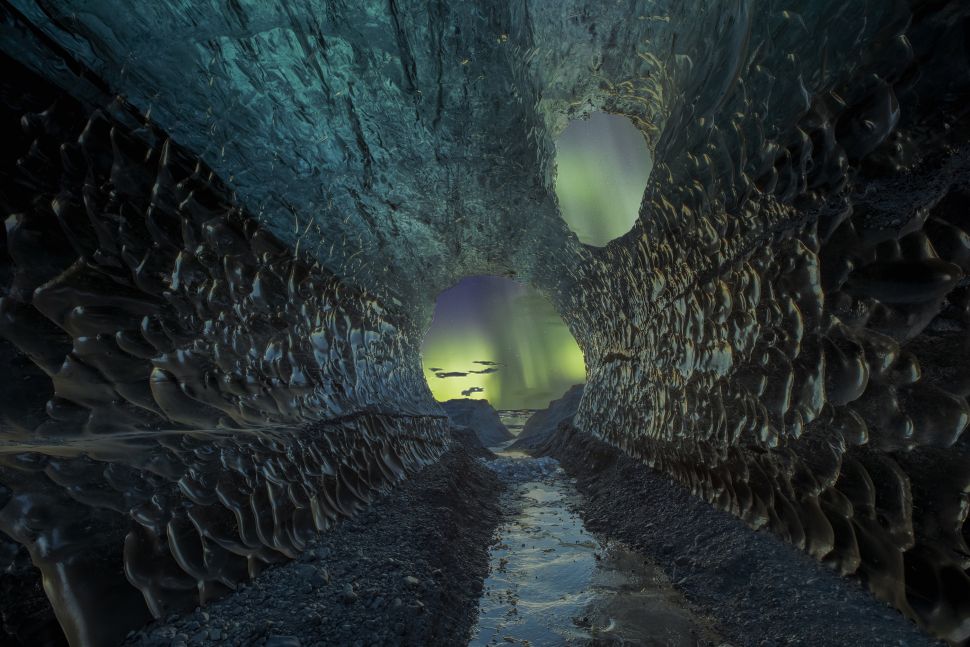
Markus van Hauten, The Cave (2020). Courtesy Royal Museums Greenwich. © Markus van Hauten.
This year’s competition, the 13th since the series began, drew more than 4,500 entries from 75 countries. Winners in 12 categories—including “Aurorae,” “Stars and Nebulae,” and “People and Space”—will be announced September 16. One overall winner will pocket a £10,000 cash prize.
Two days after that—on September 18—an exhibition of the winning works will go on view at the National Maritime Museum. (A book that will feature the winners is available for pre-order now.)
Other highlights from this year’s shortlist include a neon-green look at the aurora borealis seen from a cave in Iceland; the International Space Station, glimpsed as it passed through a crescent moon; and shots of the Milky Way peering through the night sky, taken above a mountain in Iran, a rocky coast in England, and a lavender field in France.
Last year’s overall winner was an expansive, tilt-shift shot of the Andromeda Galaxy by French photographer Nicolas Lefaudeux.
Below, see some of the photographs shortlisted for this year’s Astronomy Photographer of the Year competition.
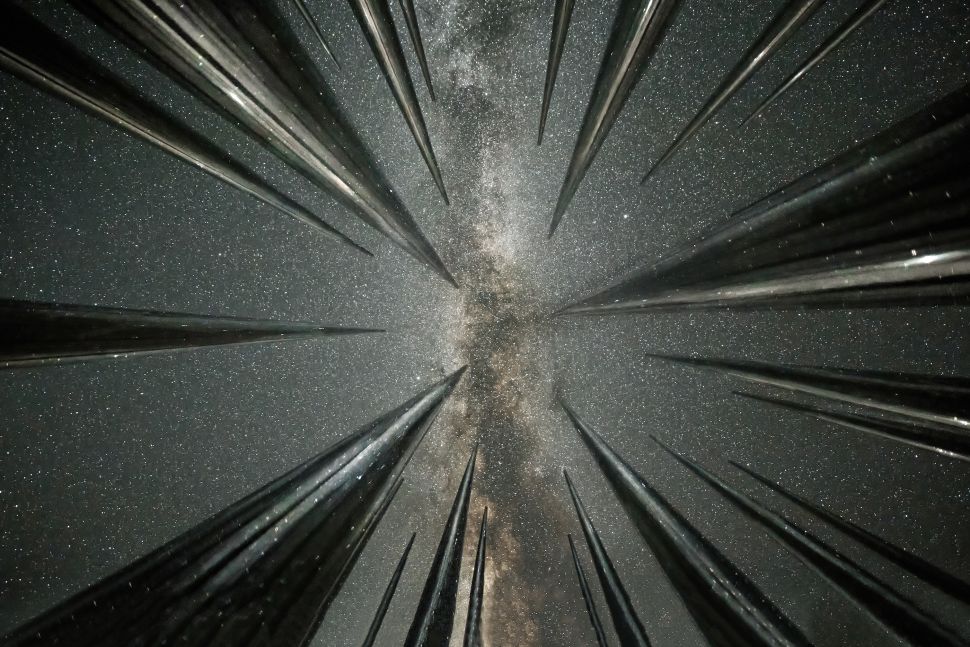
Wang Zheng, Star fall (2020). Courtesy Royal Museums Greenwich. © Wang Zheng.
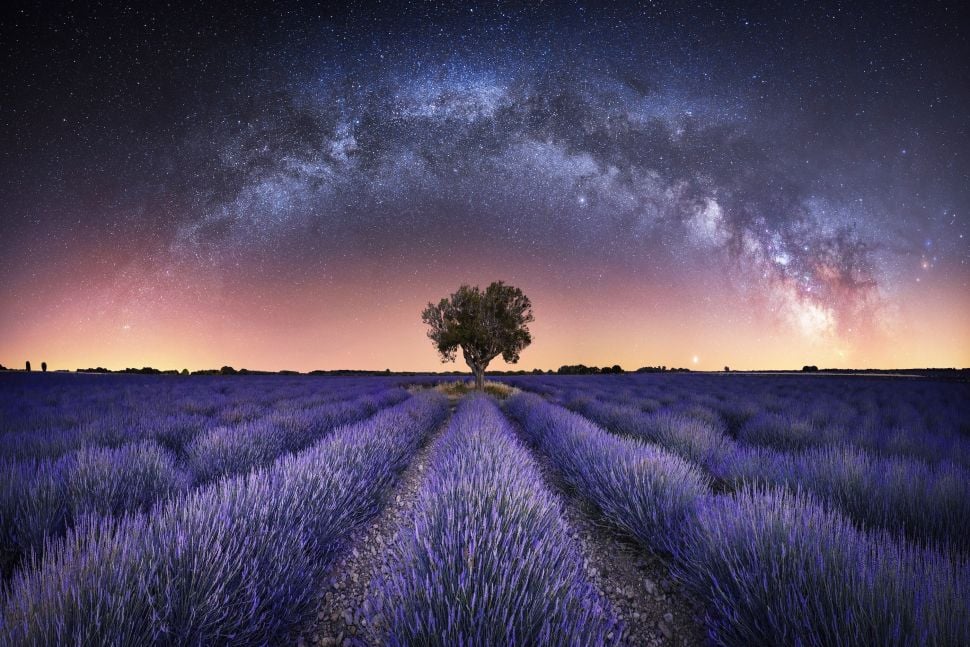
Stefan Liebermann, Harmony (2020). Courtesy Royal Museums Greenwich. © Stefan Liebermann.
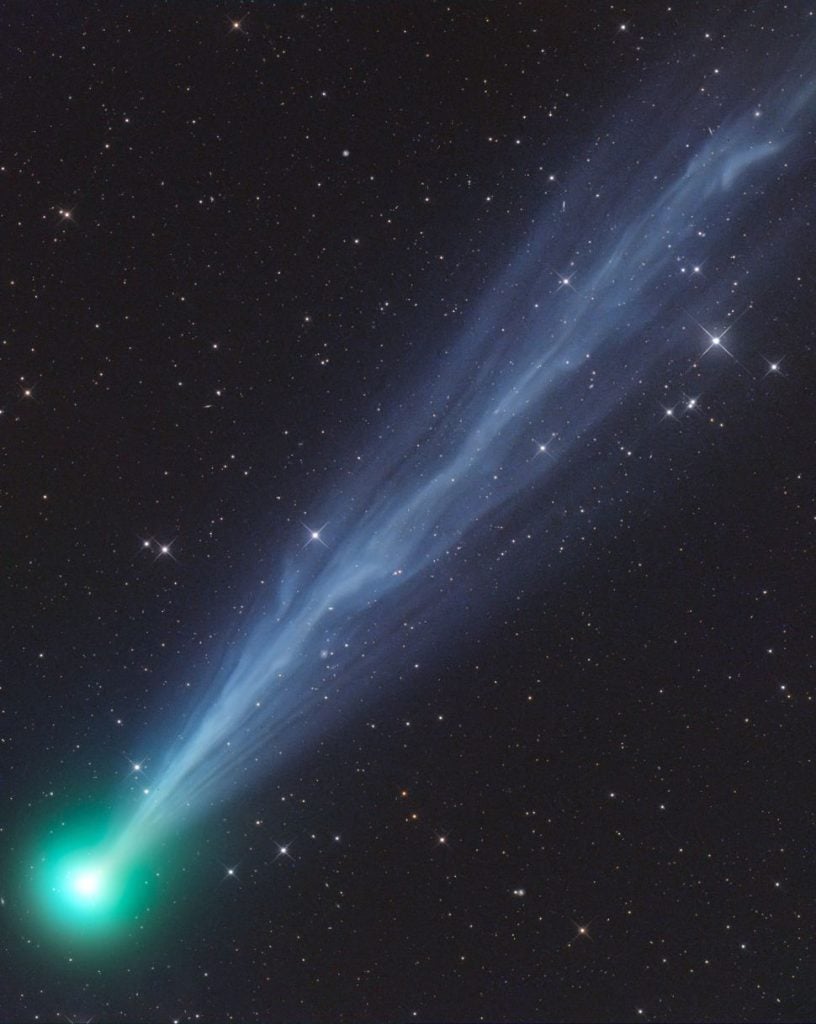
Gerald Rhemann, The Exceptionally Active Ion Tail of Comet 2020F8 SWAN (2020) Courtesy Royal Museums Greenwich. © Gerald Rhemann.
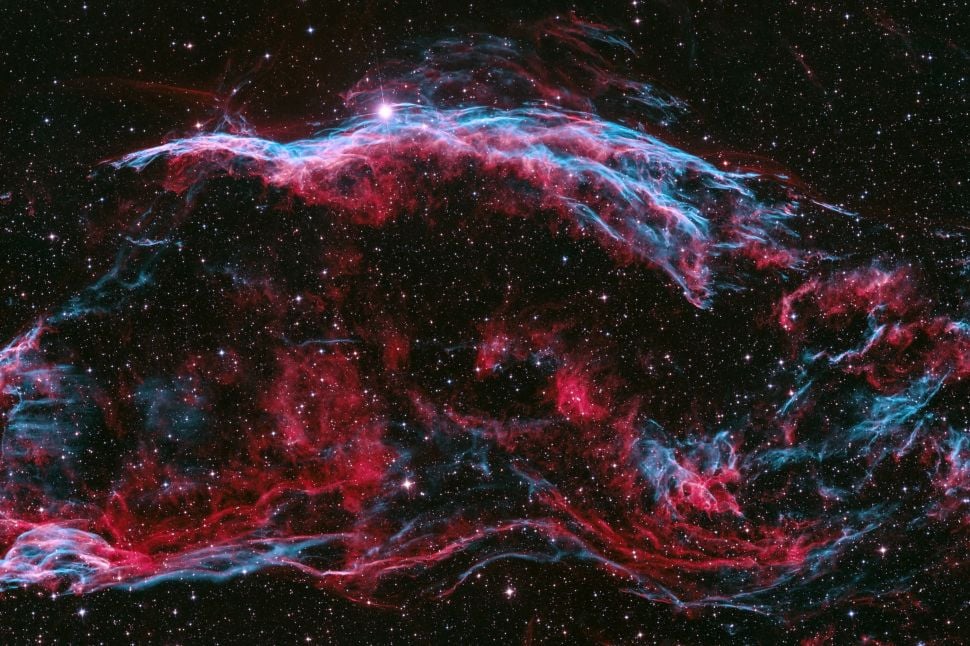
Péter Feltóti, Bicolour Veil Nebula (2020) Courtesy Royal Museums Greenwich. © Péter Feltóti.
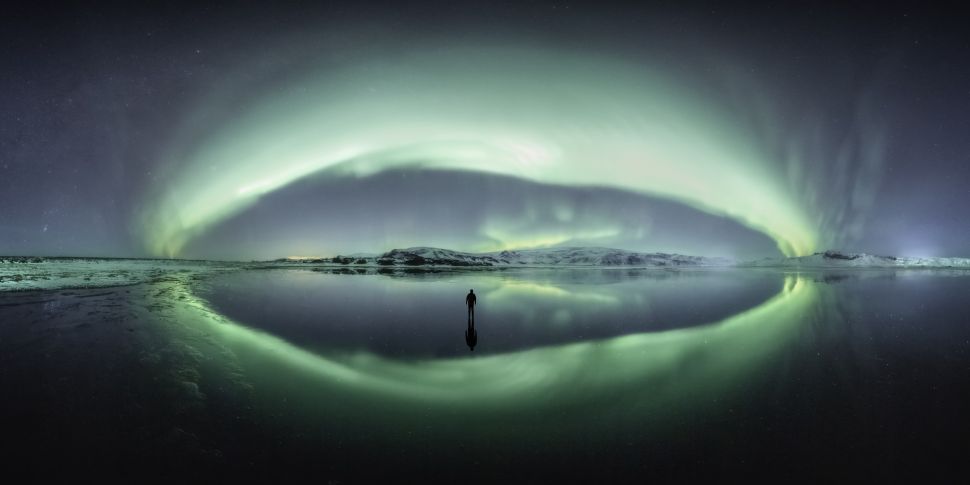
Larryn Rae, Iceland Vortex (2020). Courtesy Royal Museums Greenwich. © Larryn Rae.
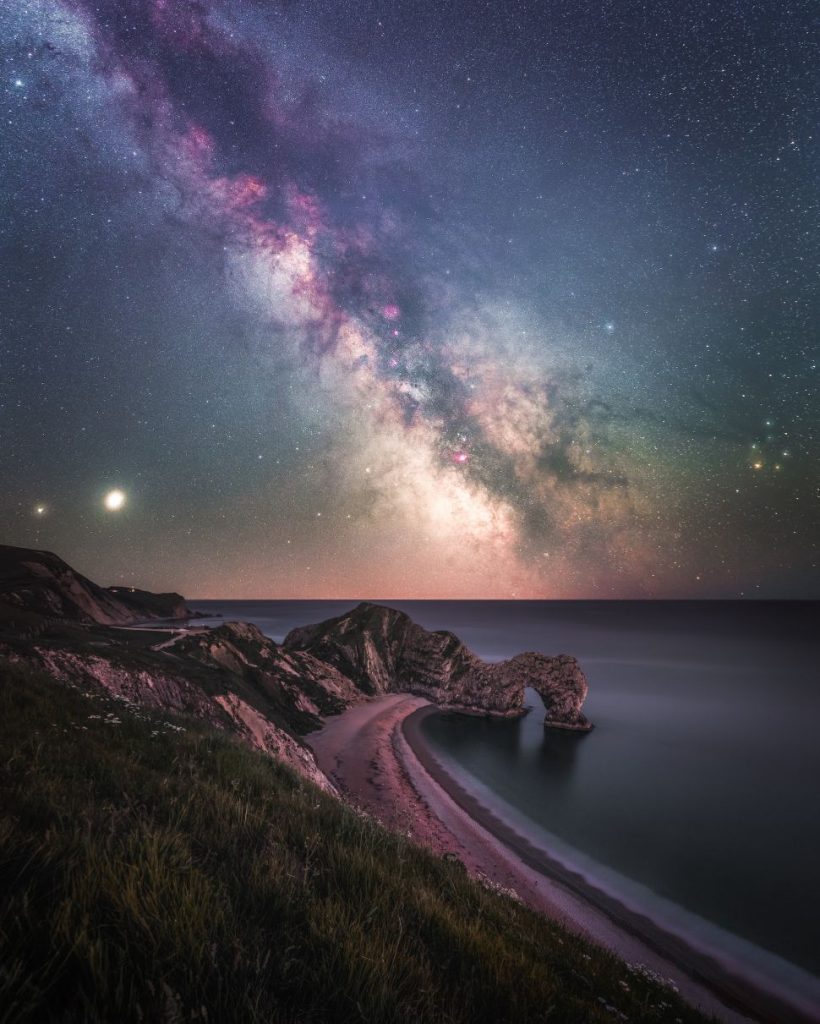
Anthony Sullivan, Milky Way rising over Durdle Door (2020). Courtesy Royal Museums Greenwich. © Anthony Sullivan.
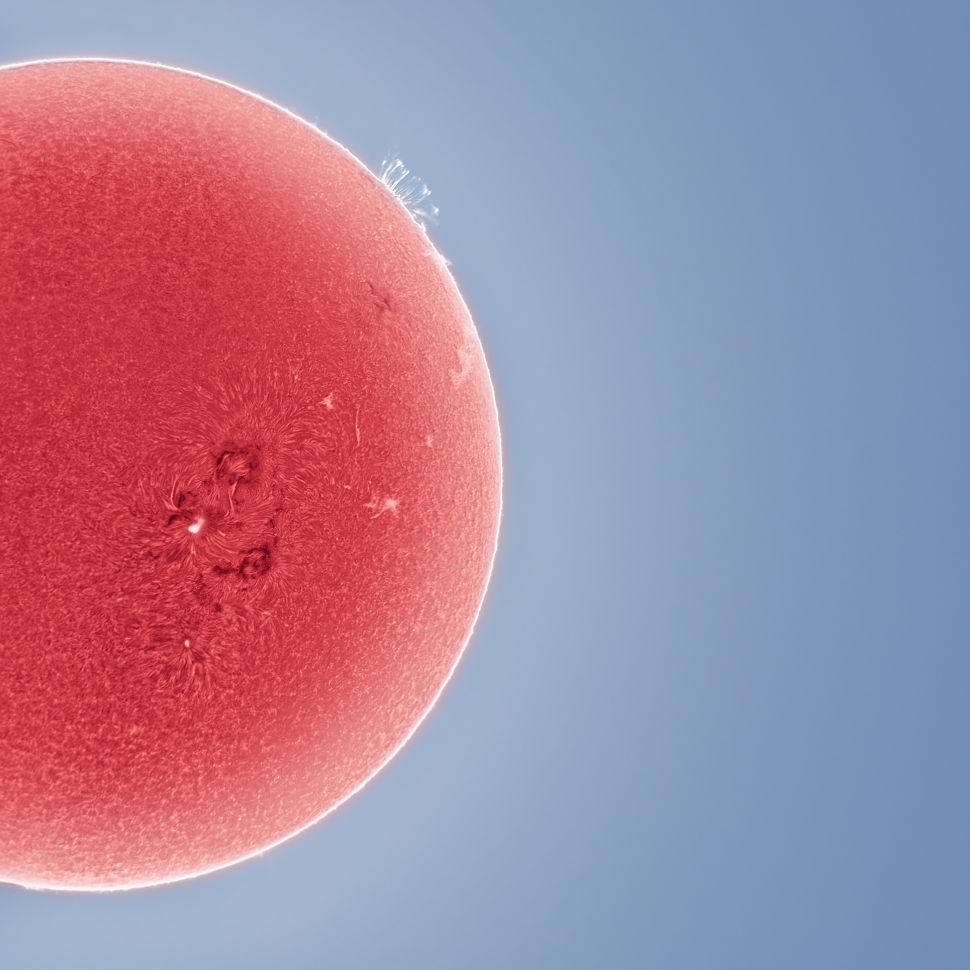
Andrew McCarthy, The Magnetic Field of our Active Sun (2020). Courtesy Royal Museums Greenwich. © Andrew McCarthy.